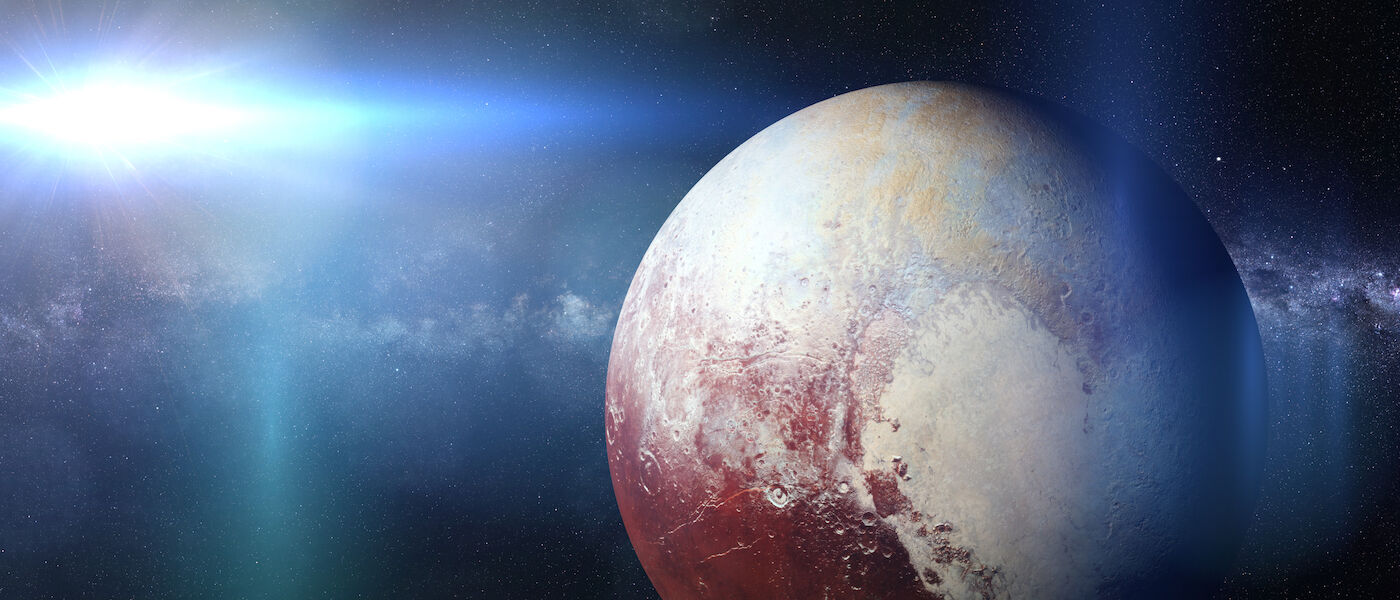5 planets with strange, intense, and unusual weather

Last week, there was a lot of talk in the United States about the chilly weather affecting many parts of the country. Fortunately, here in New Jersey, this cold spell seems to have come to an end.
But while we're lucky enough to have a change in weather, not every other body in the solar system can be so lucky.
Earth is the only planet with a habitable climate system thanks to our location relative to the Sun, and Earth being geologically active. Our oceans, atmosphere, and molten core all help to regulate our climate to a suitable environment for life as we know it.
So what would it be like if we took a vacation to somewhere else? Here's a tour at five planets in our solar system with weather so strange, unusual, and intense that you'll be glad to be right here on Earth:
Mercury
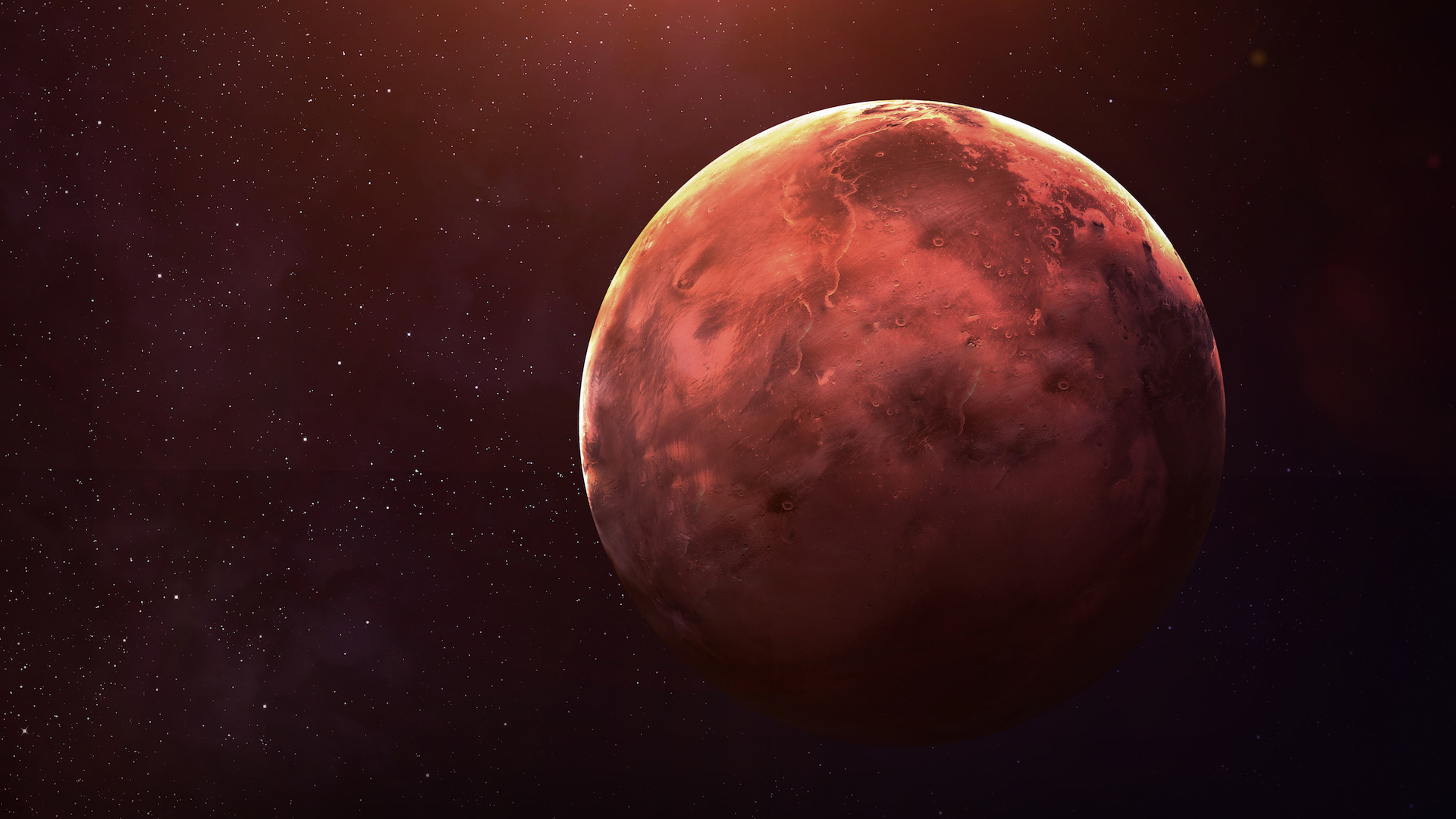
Mercury is the closest planet to the Sun, but its temperature changes drastically from day to night. During the day, Mercury is around 800 degrees. Then, as the planet rotates, the nighttime surface falls to almost -300 degrees!
This drastic change in temperature is all due to the fact that Mercury has hardly any atmosphere. As a result, the Sun's heat isn't held on the surface at night.
Venus
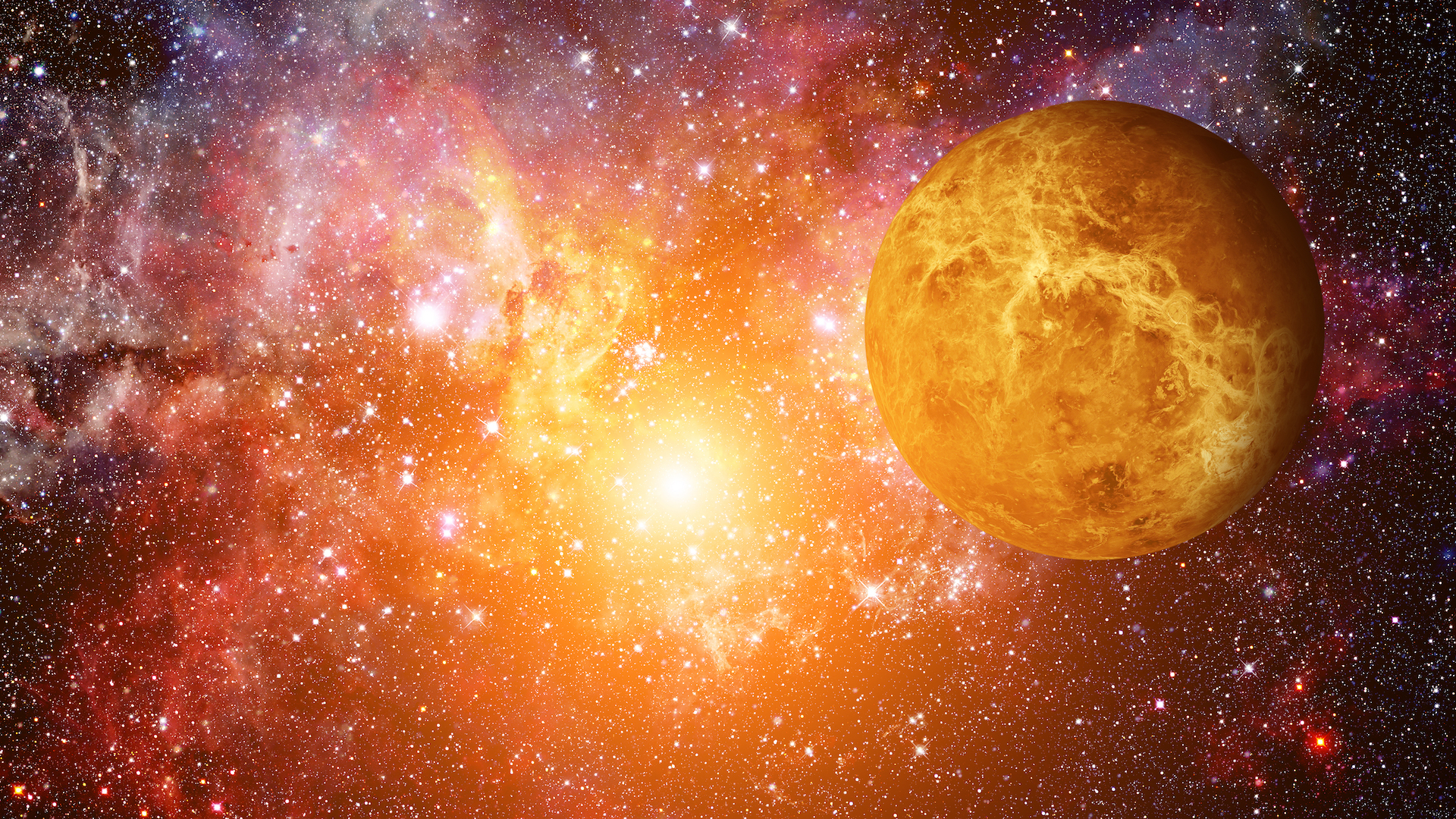
Even though Venus isn't the closest planet to the Sun, it is the hottest! Thanks to the thick atmosphere of mainly carbon dioxide, heat from the Sun gets trapped on the surface of Venus, making the planet about 900 degrees Fahrenheit. There are also many volcanoes on the surface that may still be active, adding to the gases in the atmosphere.
Mars
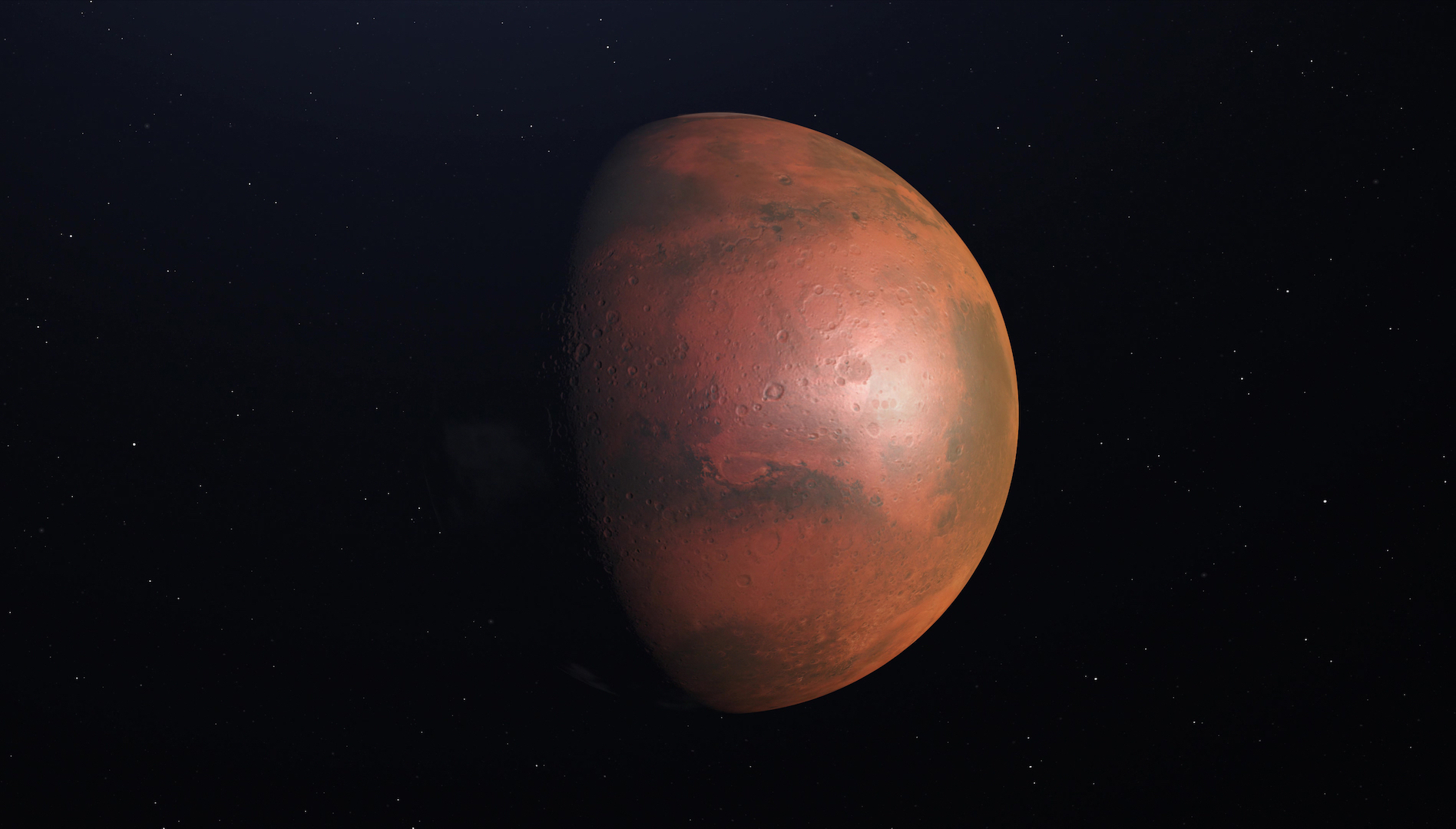
Mars has a much thinner atmosphere than Earth, so it’s hard to keep the Sun’s heat on the surface. On average, Mars is about -80 degrees Fahrenheit. But, because of the lack of atmosphere, your feet could be 15 degrees warmer than your head!
Research suggests that Mars may have once had a much thicker atmosphere that could have supported liquid water and a more Earth-like climate. But now, a visit to Mars would be very cold and dusty with occasional large dust storms and carbon dioxide snowstorms.
Neptune
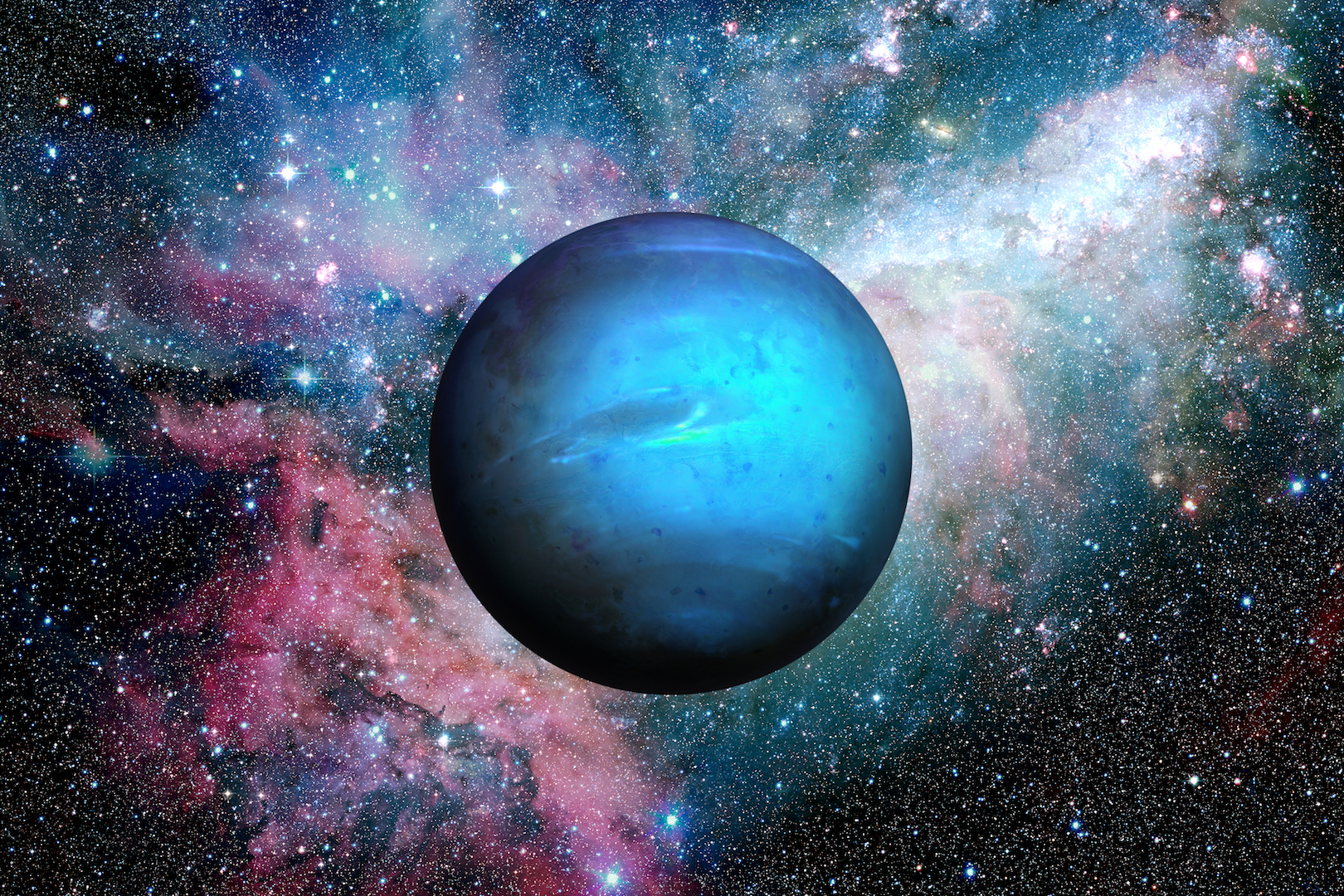
The farther we get from the Sun, the colder worlds tend to be. On Neptune, it’s an average of -300 degrees Fahrenheit. But here, the temperature isn’t the only thing to worry about. Neptune has the fastest winds found yet, up to 1,500 miles per hour!
Pluto
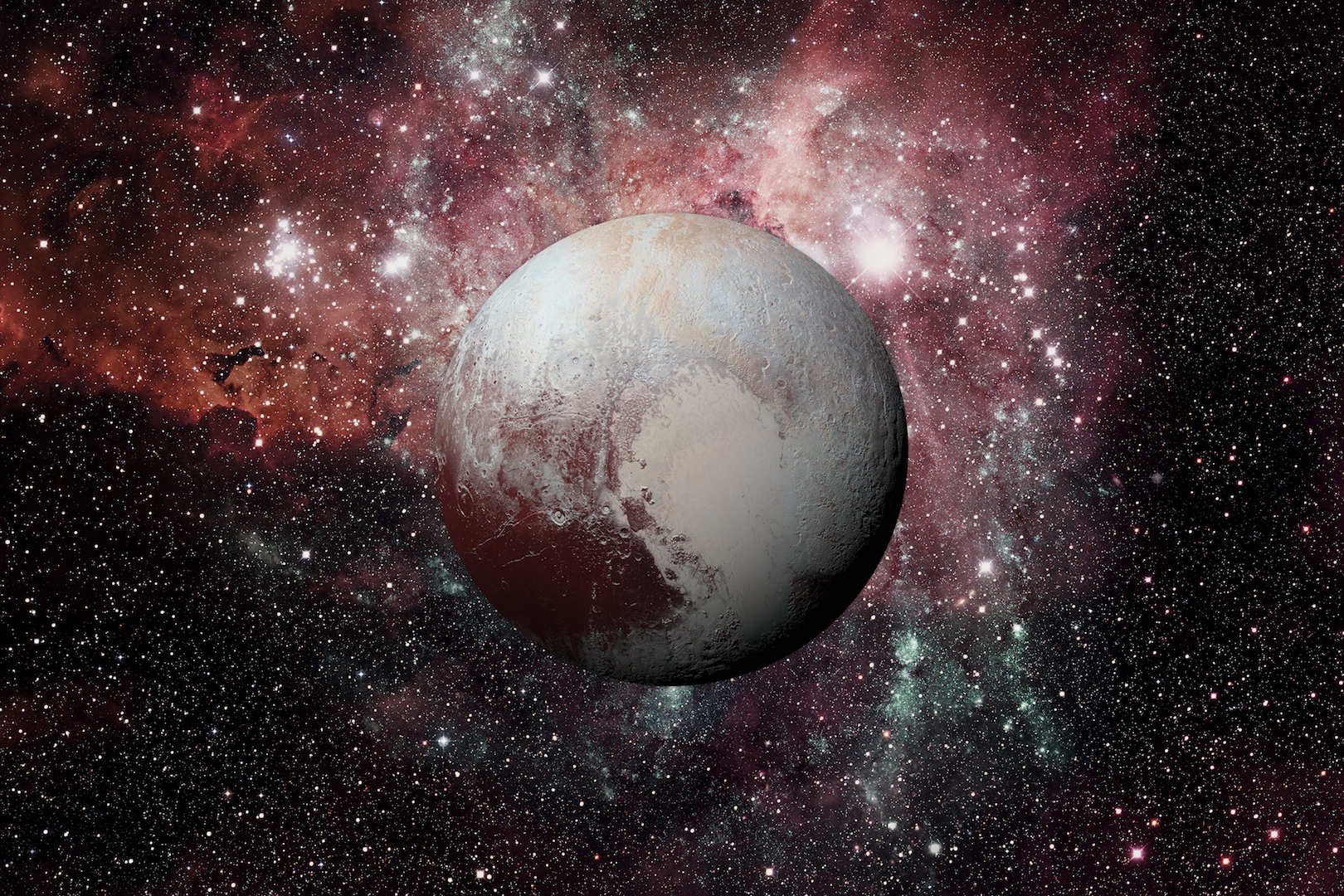
Reaching the area of the dwarf planets and the Kuiper Belt, Pluto is billions of miles from the Sun! On average, Pluto is -380 degrees Fahrenheit.
Pluto also has a thin atmosphere (which means little to no weather) which is a gas layer consisting of nitrogen, methane, and carbon dioxide.
From what we have been able to observe about Pluto, a trip there would be incredibly, painfully cold!
Interested in learning more about the planets of our solar system? Catch a show in LSC's Jennifer Chalsty Planetarium, the biggest planetarium in the Western Hemisphere. Click here to see what's playing and get showtimes.
